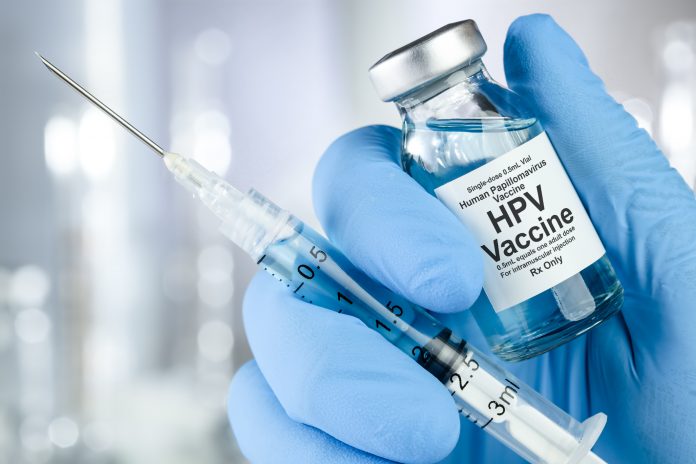Breakthrough in cancer research as the human papillomavirus (HPV) immunisation programme substantially reduces cervical cancer by nearly 90% across the UK
The HPV immunisation programme, with a HPV vaccine for cervical cancer being the first of its kind, has successfully almost eliminated cervical cancer in women born since 1995.
Human papillomavirus is an extremely common group of viruses, however, of which around 14 have been found to cause cancer. With cervical cancer being the second most common cancer amongst women living in less developed countries, nearly all cases of cervical cancer are attributed to HPV.
With additional funding from the Cancer Research charity, the UK has established one of the most successful immunisation programmes against cervical cancer. Offering Cervarix, the vaccine created for targeting the virus, to girls in school from ages 11-18.
First introduced in 2008, routine vaccinations are offered to girls between 12–13 years, with a catch-up programme for females aged 14–18 years. While typically transmitted through sexual contact, most people become infected with HPV shortly after first becoming sexually active, therefore it has become imperative to deliver the vaccine to young women.
The early effect of this immunisation programme has been an outstanding success, displaying a vast reduction of cases of cervical cancer by nearly 90% in the UK.
However, there is a disparity of cases of cervical cancer, where lower-income countries account for 85% of cases, with sub-Saharan Africa and Asia accounting for the highest incidence rates. An estimated 570,000 new cases a year continues to result in over 300,000 deaths annually.
The World Health Organization (WHO) recommends countries to integrate HPV vaccination into national immunization programmes. This is a part of a strategy to introduce education, access to quality screening, and treatment to girls of all ages.
What are the WHO’s strategies to eliminate cervical cancer?
- A threshold of 4 per 100,000 women-year for elimination as a public health problem
- 90–70–90 targets that need to be met by 2030 for countries to be on the path towards cervical cancer elimination
- 90% of girls fully vaccinated with the HPV vaccine by age 15.
- 70% of women are screened with a high-performance test by 35, and again by 45 years of age.
- 90% of women identified with cervical disease receive treatment (90% of women with pre-cancer treated; 90% of women with invasive cancer managed)
Other organisations like UNICEF also continue working towards international distribution of the vaccine, launching a tender in 2019 to 2020 to secure a sufficient supply of HPV vaccines to Gavi-supported (Vaccine Alliance) countries.
From 2013 to 2018, UNICEF reached a procurement of 18.9 million doses of the HPV vaccine in support of girls.
Dr Tedros Adhanom Ghebreyesus, Director-General, World Health Organization, said: “Through cost-effective, evidence-based interventions, including human papillomavirus vaccination of girls, screening and treatment of precancerous lesions, and improving access to diagnosis and treatment of invasive cancers, we can eliminate cervical cancer as a public health problem and make it a disease of the past.”











